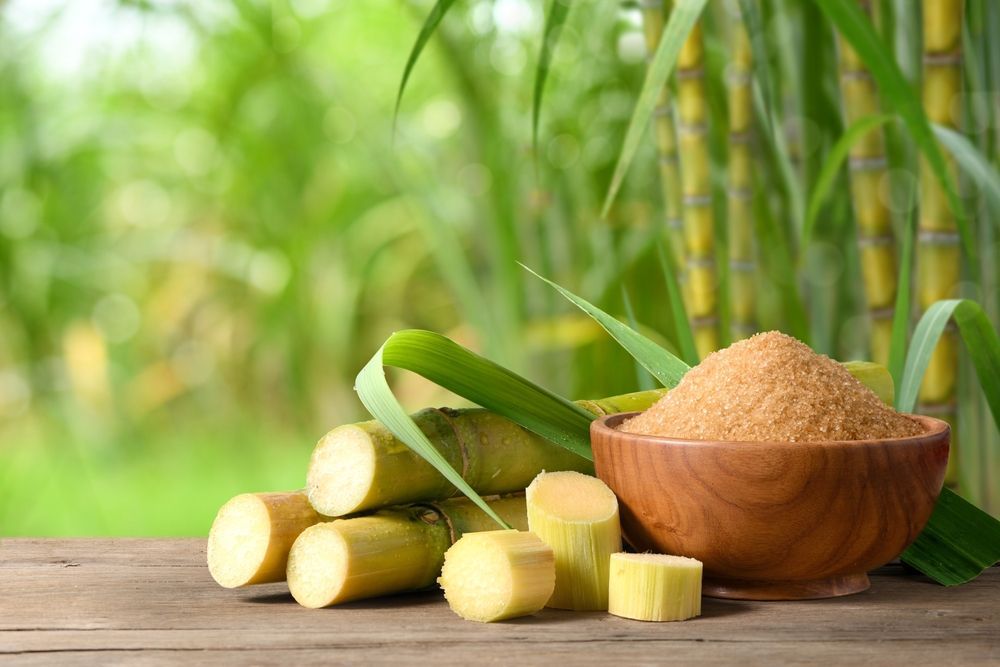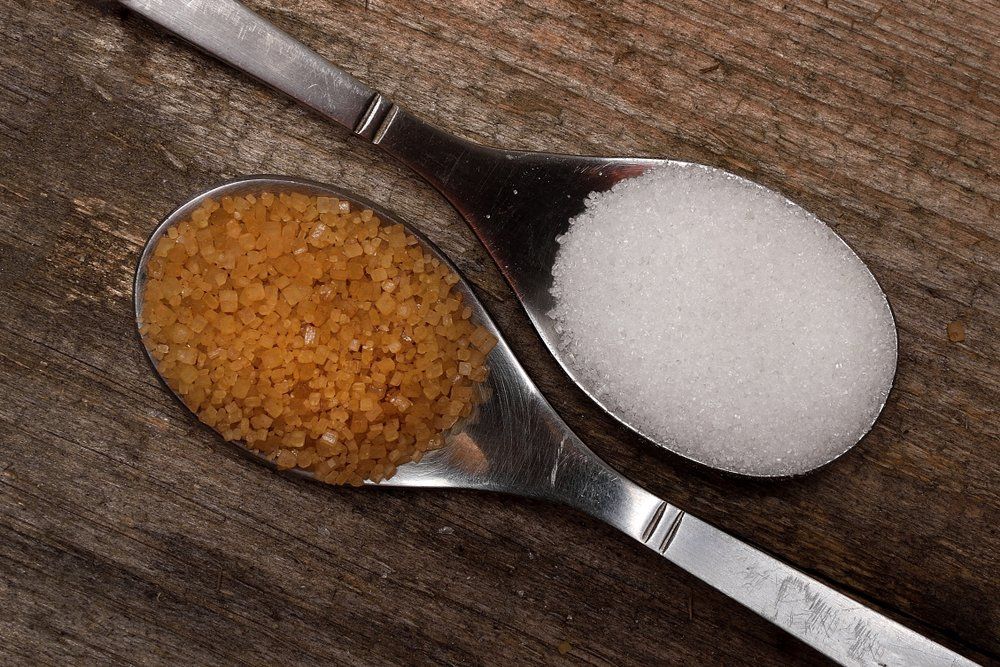The Ultimate Comparison: Beet Sugar vs. Cane Sugar Explained
The comparison between beet sugar and cane sugar provides an interesting exploration of two predominant sugar in the culinary globe. While both sugars share a typical make-up of sucrose, their beginnings, refining techniques, and taste profiles split significantly.
Beginnings of Sugar Sources
The beginnings of sugar resources are mainly rooted in two distinct plants: the sugar beet and the sugar cane. Sugar cane, an exotic turf belonging to Southeast Asia, has been cultivated for over 2,500 years. Historically, it was initial trained in New Guinea and later on infected India, where it ended up being an indispensable component of the society and economic situation. The process of drawing out sugar from cane became reputable, leading to its prestige in trade throughout the Center Ages.
On the other hand, sugar beet is a relatively contemporary resource, developed in Europe throughout the late 18th century as a feedback to sugar cane scarcities. The plant thrives in warm environments, making it appropriate for cultivation in areas such as France and Germany. The effective removal of sugar from beetss marked a substantial farming development, as it provided an alternate to cane sugar, especially during durations of profession interruption.
Both plants have actually played important roles fit the global sugar industry. Their distinctive development atmospheres and historic contexts highlight the variety of sugar sources, inevitably affecting regional farming methods and economic growth.

Processing Techniques Explained
Various handling techniques are employed to draw out sugar from both sugar beet and sugar cane, each customized to the certain attributes of the resource product. When it comes to sugar beetss, the process begins by collecting the root and then cleaning it to eliminate dirt and pollutants. The beetss are after that cut right into thin strips, referred to as cossettes, and subjected to warm water removal, which liquifies the sugar. The resulting juice undergoes information, where lime and warm are utilized to get rid of pollutants. This juice is after that focused via evaporation and crystallization, producing raw sugar.
Conversely, sugar cane processing entails a different method. The cane is collected and mechanically crushed to extract the juice. This juice is then cleared up, usually making use of warm and lime, to get rid of pollutants. The cleared up juice is focused through evaporation, similar to beet sugar processing, before condensation occurs. Both procedures culminate in the manufacturing of raw sugar, which might undertake additional refining to attain the desired purity and top quality. Regardless of the distinctions in their first handling stages, the end products are mainly comparable, causing sugar that is chemically equivalent.
Nutritional Differences

When contrasting beet sugar and cane sugar, remarkable nutritional differences arise, though they are commonly refined. Both sorts of sugar are largely made up of sucrose, supplying approximately the very same calorie web content-- about 4 calories per gram. The differences lie in their trace mineral web content and the existence of specific compounds that may have very little dietary ramifications.
Beet sugar contains tiny quantities of potassium, iron, and calcium, while cane sugar usually provides a little greater concentrations of these minerals. Furthermore, cane sugar might keep even more natural molasses throughout handling, which can check my reference add to map quantities of anti-oxidants and other valuable compounds. This is especially true for much less refined selections, such as raw cane sugar.
In spite of these distinctions, both beet and cane sugars are mainly made up of easy carbohydrates, with a high glycemic index, bring about similar results on blood sugar level degrees. While there are small nutritional differences, the total wellness effect of taking in either type in small amounts continues to be mainly comparable. People looking for to lessen sugar intake for wellness factors must consider both forms with equivalent analysis, concentrating on general nutritional patterns instead of the source of sugar
Preference Accounts Contrasted
Preference profiles of beet sugar and cane sugar exhibit unique qualities that can influence their culinary applications. While both sugars are chemically similar, their flavor subtleties can influence food and beverage end results. Cane sugar, commonly viewed as having a more intricate, nuanced sweet taste, is acquired from the tall yard of the sugar cane plant. This selection often tends to give a refined, fruity undertone, boosting the tastes of baked products and confections.
In comparison, beet sugar, drawn out from sugar beetss, is recognized for its cleaner, more uncomplicated sweet taste. This high quality makes it specifically suitable for recipes requiring a you can try these out neutral artificial sweetener that enables various other tastes to beam. Some culinary experts say that beet sugar might leave a slightly earthy aftertaste, which can be undesirable in delicate treats.
Furthermore, the assumption of sweet taste intensity differs in between the two, with some cups identifying cane sugar as sweeter compared to beet sugar at comparable dimensions. Ultimately, the choice between beet and cane sugar may rely on the specific application, with each sugar offering special characteristics that can boost or complement numerous recipes. Recognizing these differences allows for notified choices in cooking techniques.

Ecological Impact
The ecological impact of sugar production-- whether from beet or cane-- has actually gathered enhancing interest in the last few years due to its effects for sustainability and ecological health. Both sugar sources exhibit distinct ecological footprints, influenced by agricultural techniques, land use, and resource consumption.
Cane sugar production often requires large areas of exotic land, which can bring about logging and loss of biodiversity. Additionally, the farming of sugarcane is regularly related to high water usage and significant pesticide and fertilizer application, adding to dirt destruction and water contamination.
On the other hand, beet sugar is mostly grown in pleasant areas, generally needing much less water and land. Its farming can still include the use of chemical inputs, influencing local ecosystems. In addition, the energy-intensive handling of beet sugar can reference add to greenhouse gas emissions.
Sustainable farming practices and developments in modern technology are essential for reducing the ecological effects of sugar production. Organic farming methods, integrated parasite monitoring, and effective water use can boost the sustainability of both beet and cane sugar sectors, eventually bring about a decreased environmental impact and a much healthier world.
Conclusion
In recap, the comparison in between beet sugar and cane sugar highlights both similarities and distinctions that influence their application. While both types of sugar share a primary composition of sucrose, their flavor profiles, processing techniques, and ecological effects vary significantly. Cane sugar is characterized by its complex sweet taste, while beet sugar provides a more uncomplicated preference. Inevitably, the option in between these two sugars should be assisted by certain environmental factors to consider and cooking requirements, permitting informed decision-making.
The beginnings of sugar sources are mostly rooted in 2 distinctive plants: the sugar beet and the sugar cane.Various processing methods are used to remove sugar from both sugar beet and sugar cane, each customized to the specific attributes of the resource material.Beet sugar includes little quantities of calcium, iron, and potassium, while cane sugar typically offers somewhat higher focus of these minerals.Despite these distinctions, both beet and cane sugars are primarily composed of simple carbohydrates, with a high glycemic index, leading to similar impacts on blood sugar degrees. Cane sugar, typically perceived as having a much more complicated, nuanced sweetness, is acquired from the tall yard of the sugar cane plant.